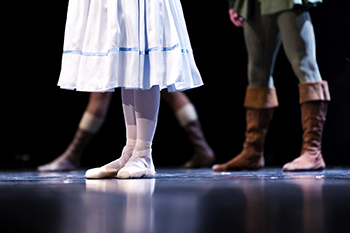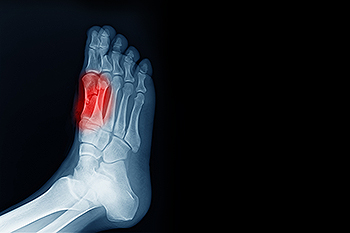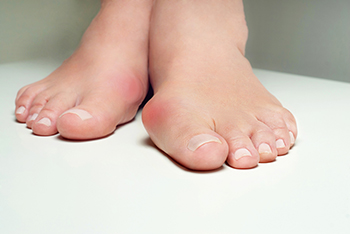
Dancers face unique challenges when it comes to choosing the right footwear. Their preference for wearing tight-fitting dance shoes often leads them towards ill-fitting street shoes, which can further strain their feet. To protect their feet, it is important to allow toes to spread naturally and provide proper arch support through suitable footwear. Dancers often transition from demi-pointe to high heels, which can increase stress on the balls of their feet and shorten their Achilles tendons. This practice raises the risk of developing conditions such as bunions, metatarsalgia, sesamoiditis, and Achilles tendonitis. To mitigate these issues, it is helpful for dancers to opt for supportive footwear such as walking or running sneakers with firm heel counters and outsoles. Custom orthotics can further enhance comfort and address problems like plantar fasciitis and neuromas. For indoor use, slip-on clogs or sneakers with orthotics can be worn. If you are a dancer and would like more information on how wearing custom orthotics may benefit you, it is suggested that you make an appointment with a podiatrist to further discuss this.
If you are having discomfort in your feet and would like to try orthotics, contact Jeffrey Parrett, DPM from Parrett Podiatry. Our doctor can provide the care you need to keep you pain-free and on your feet.
What Are Orthotics?
Orthotics are inserts you can place into your shoes to help with a variety of foot problems such as flat feet or foot pain. Orthotics provide relief and comfort for minor foot and heel pain but can’t correct serious biomechanical problems in your feet.
Over-the-Counter Inserts
Orthotics come in a wide variety of over-the-counter inserts that are used to treat foot pain, heel pain, and minor problems. For example, arch supports can be inserted into your shoes to help correct overarched or flat feet, while gel insoles are often used because they provide comfort and relief from foot and heel pain by alleviating pressure.
Prescription Orthotics
If over-the-counter inserts don’t work for you or if you have a more severe foot concern, it is possible to have your podiatrist prescribe custom orthotics. These high-quality inserts are designed to treat problems such as abnormal motion, plantar fasciitis, and severe forms of heel pain. They can even be used to help patients suffering from diabetes by treating foot ulcers and painful calluses and are usually molded to your feet individually, which allows them to provide full support and comfort.
If you are experiencing minor to severe foot or heel pain, it’s recommended to speak with your podiatrist about the possibilities of using orthotics. A podiatrist can determine which type of orthotic is right for you and allow you to take the first steps towards being pain-free.
If you have any questions please contact our office located in Waxahachie, TX . We offer the newest diagnostic and treatment technologies for all your foot and ankle needs.



